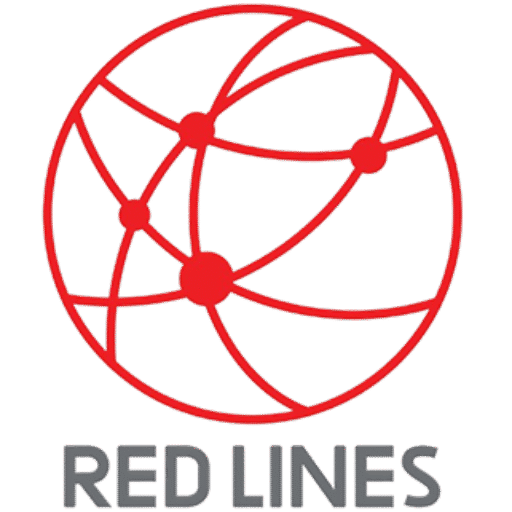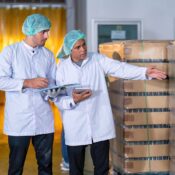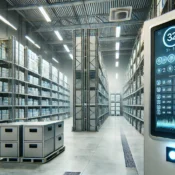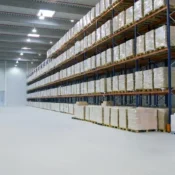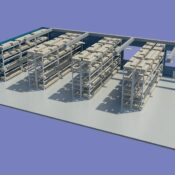In today’s rapidly growing logistics industry, the demand for accurate and consistent temperature control is more critical than ever—especially when it comes to transporting temperature-sensitive goods such as pharmaceuticals, vaccines, food products, and chemicals. Any variation in temperature can compromise the integrity, quality, or safety of these products, leading to financial losses and even public health risks. This is where Temperature Mapping is making a groundbreaking difference in the cold chain logistics sector.
At Redlines (www.redlines.sa), we specialize in Temperature Mapping Study services, ensuring cold storage facilities and transportation units maintain proper environmental conditions. We proudly serve key locations across Saudi Arabia, including Jeddah, Dammam, and Riyadh, helping logistics providers and storage managers achieve compliance and reliability in their operations.
Understanding Temperature Mapping
Temperature Mapping is the process of placing sensors at strategic points within a temperature-controlled environment—such as cold storage rooms, refrigerated trucks, or pharmaceutical warehouses—to record and analyze temperature fluctuations over a specific period. This study reveals the temperature distribution inside the unit, identifies hotspots or cold zones, and ensures the environment stays within required ranges.
Mapping is not a one-time event—it is recommended during initial setup, after modifications, seasonally, or during equipment malfunctions. It provides factual, data-driven evidence that your system is performing as intended.
Revolutionizing Cold Chain Logistics
1. Ensuring Product Safety and Compliance
Temperature Mapping studies help logistics companies comply with global regulations such as those from the WHO, FDA, or EU GDP (Good Distribution Practice). In industries like pharmaceuticals or food, maintaining a consistent temperature is not just a recommendation—it is a legal obligation. At Redlines, our Temperature Mapping services ensure that your facilities meet these strict standards, helping you avoid penalties and product recalls.
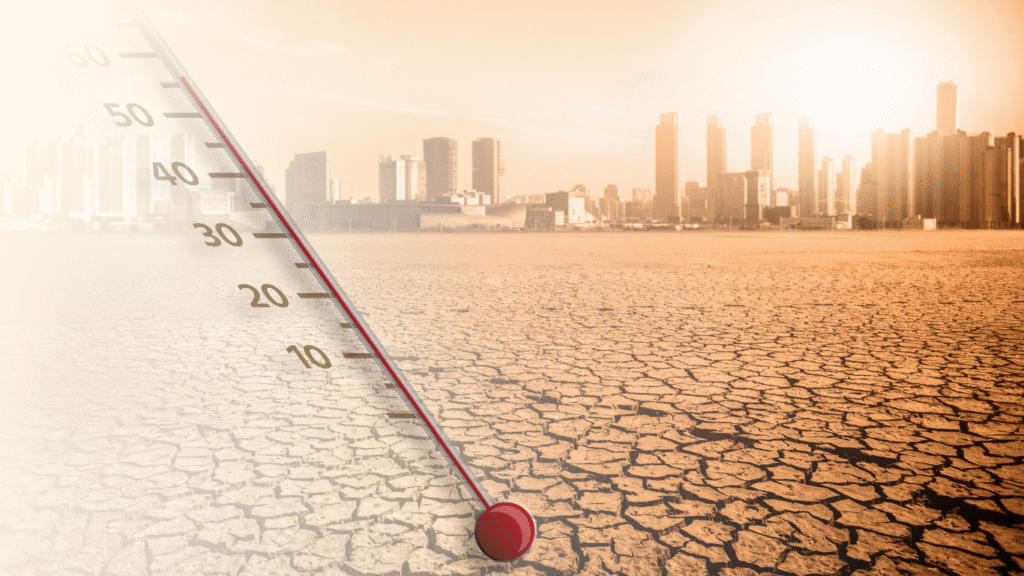
2. Identifying System Weaknesses
Temperature Mapping identifies weak spots in airflow, insulation, or equipment performance. For example, your cold room might be set at 2–8°C, but some shelves might consistently rise above this due to poor air circulation. Mapping exposes these inconsistencies and allows for corrective action, improving the overall efficiency and safety of the environment.
3. Optimizing Energy Usage
Refrigeration systems are energy-intensive. By understanding the actual performance of your units through Temperature Mapping Study, you can make smart adjustments—like modifying sensor placements, rearranging stock, or balancing airflow—to maintain the right temperature without overloading the system. This leads to energy savings and lower operational costs.
4. Improving Customer Trust
Temperature-sensitive products require documentation that they were stored and transported under controlled conditions. Temperature Mapping provides traceable data that can be shared with clients, customers, or regulatory authorities. This transparency boosts brand trust and opens new opportunities, especially in international logistics.
Why Choose Redlines for Temperature Mapping in Saudi Arabia?
At Redlines, we are equipped with expert technicians, advanced data logging tools, and industry best practices to deliver high-accuracy Temperature Mapping solutions. Whether you’re managing a pharmaceutical warehouse in Riyadh, a frozen food storage in Jeddah, or a refrigerated distribution center in Dammam, we tailor our services to your facility size, industry standards, and operational challenges.
We don’t just record temperatures—we provide detailed reports, analysis, and actionable recommendations. Our mission is to make sure your cold chain operations run smoothly, efficiently, and compliantly.
Conclusion
As the cold chain logistics industry continues to grow and evolve, the need for precision and accountability becomes greater. Temperature Mapping is not just a technical process—it’s a critical quality assurance tool that protects products, businesses, and end-users alike.
At Redlines, we are proud to be part of this transformation. Through our reliable Temperature Mapping Study services in Saudi Arabia, including Jeddah, Dammam, and Riyadh, we help our clients stay ahead of regulatory demands and deliver excellence in cold chain management.
Learn more about our services at www.redlines.sa or contact us to schedule your custom Temperature Mapping assessment today.
